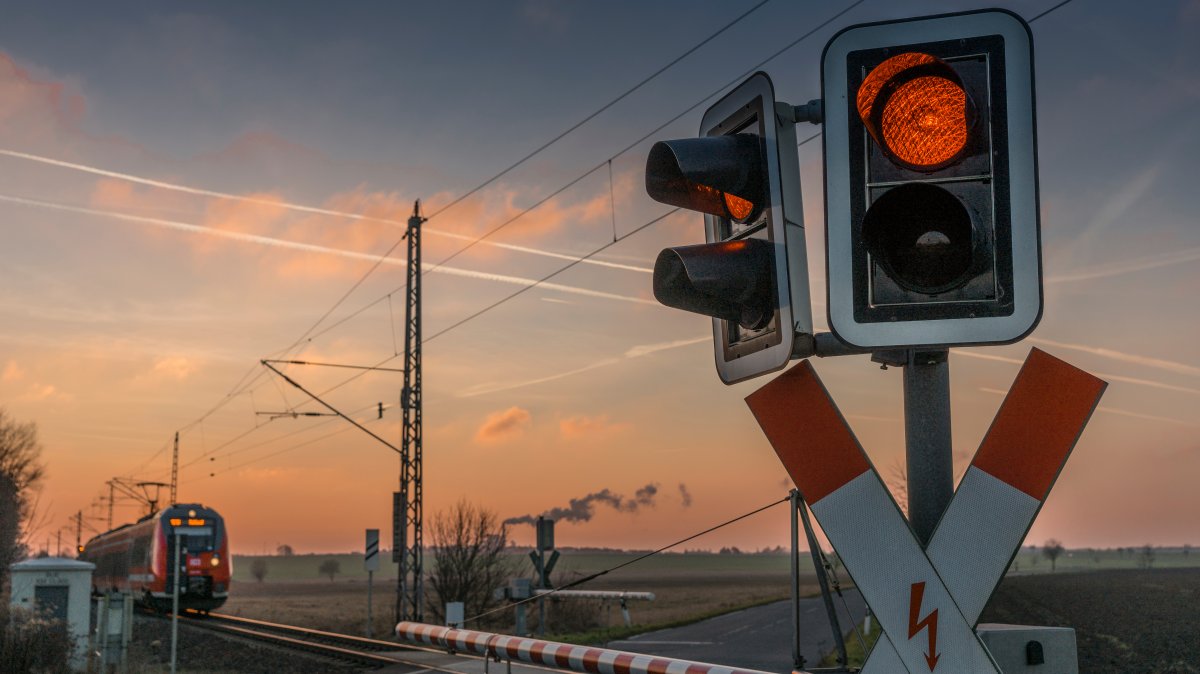Prices for bus and train tickets are rising – but not everywhere
Source: Heise.de added 28th Dec 2020Many people in Germany will have to dig deeper into their pockets for bus and train travel in the coming year. Depending on the region, tariff increases of up to 2.7 percent have been announced, according to an evaluation by the German Press Agency. The companies have lost passengers and income in the Corona crisis, while costs for personnel and energy are rising. However, there are numerous regions where tickets are not becoming more expensive – so that passengers can return more quickly. And there are new offers for employees who no longer have to go to the office every day.
Trend towards home office noticeable The trend towards home office is noticeable: In and around Stuttgart there is a 10 he -Day ticket introduced. Those who work sometimes at home and sometimes in the office can gradually use their tickets and no longer need a monthly pass. From April onwards, customers can download ten discounted day tickets on their mobile phones. This is intended as a preliminary stage to the “Flex-Abo”, the introduction of which takes longer.
Many companies and transport associations are considering this; Deutsche Bahn has also introduced a day ticket for local transport. Because the industry assumes that Corona will change mobility behavior even after the pandemic.
Corona will change mobility behavior This year the number of passengers dropped dramatically at times. The Association of German Transport Companies assumes that on average there was only 25 percent of the usual demand – an abrupt end after more than two decades of steady growth . “The corona pandemic has left deep marks on local public transport,” says association president Ingo Wortmann. The federal and state governments have set up a rescue package of up to five billion euros over the companies.
Because costs for wages, fuel and traction current continue to rise – and in some cases rise significantly. A number of large transport associations want to offset this with tariff increases. Customers in the Stuttgart area feel this, for example, where prices rose by 2.7 percent in April. In and around Munich it was already 2.8 percent more expensive in mid-December, but it is the first increase in three years.
Passengers should return to the trains There are also increases in Berlin and Brandenburg (1.9 percent) and in Cologne, Bonn and the surrounding area with 2.5 percent. Trips through the whole of North Rhine-Westphalia, on the other hand, remain stable or even decrease slightly depending on the ticket. This is supposed to bring the passengers back to the trains and thus increase the incomes of the stricken companies. postponed. Passengers should benefit from the temporary VAT reduction in the second half of the year 2020; this is easier than the immediate, double change of the tariff, it was said.
Longer journeys in local transport often cheaper It is similar in the Bremen area and on the Rhine and Ruhr, where prices remain largely the same. Those responsible also want to ensure that the passenger numbers recover well. “That works with attractive offers and attractive fares,” explained the Rhein-Main-Verkehrsverbund. “We appreciate that our customers have remained loyal to us over the past few months,” said the Rhein-Ruhr transport association.
During the year, there were many longer journeys in local transport The reason was the reduction in VAT for trips of more than 50 kilometers. However, if you are traveling with Deutsche Bahn or one of its competitors in regional transport, you may pay more since the timetable change in mid-December. Since then, journeys outside of transport associations have been 1.5 percent more expensive in Germany, according to the tariff association of federal and non-federal railways. After all, this affects every fifth customer.
In the ICE and Intercitys of Deutsche Bahn, tickets were also a bit more expensive in mid-December. Tickets at the so-called flex price are on average 1.5 percent more expensive, for season tickets and the BahnCard 100 the surcharge is 1.9 percent on average. Super saver prices and saver prices remain unchanged, as do the prices for the Bahncards 25 and 50.
(tiw)
brands: longer Mobile New Office other The Trend media: Heise.de keywords: Mobile
Related posts
Notice: Undefined variable: all_related in /var/www/vhosts/rondea.com/httpdocs/wp-content/themes/rondea-2-0/single-article.php on line 88
Notice: Undefined variable: all_related in /var/www/vhosts/rondea.com/httpdocs/wp-content/themes/rondea-2-0/single-article.php on line 88
Related Products
Notice: Undefined variable: all_related in /var/www/vhosts/rondea.com/httpdocs/wp-content/themes/rondea-2-0/single-article.php on line 91
Warning: Invalid argument supplied for foreach() in /var/www/vhosts/rondea.com/httpdocs/wp-content/themes/rondea-2-0/single-article.php on line 91
